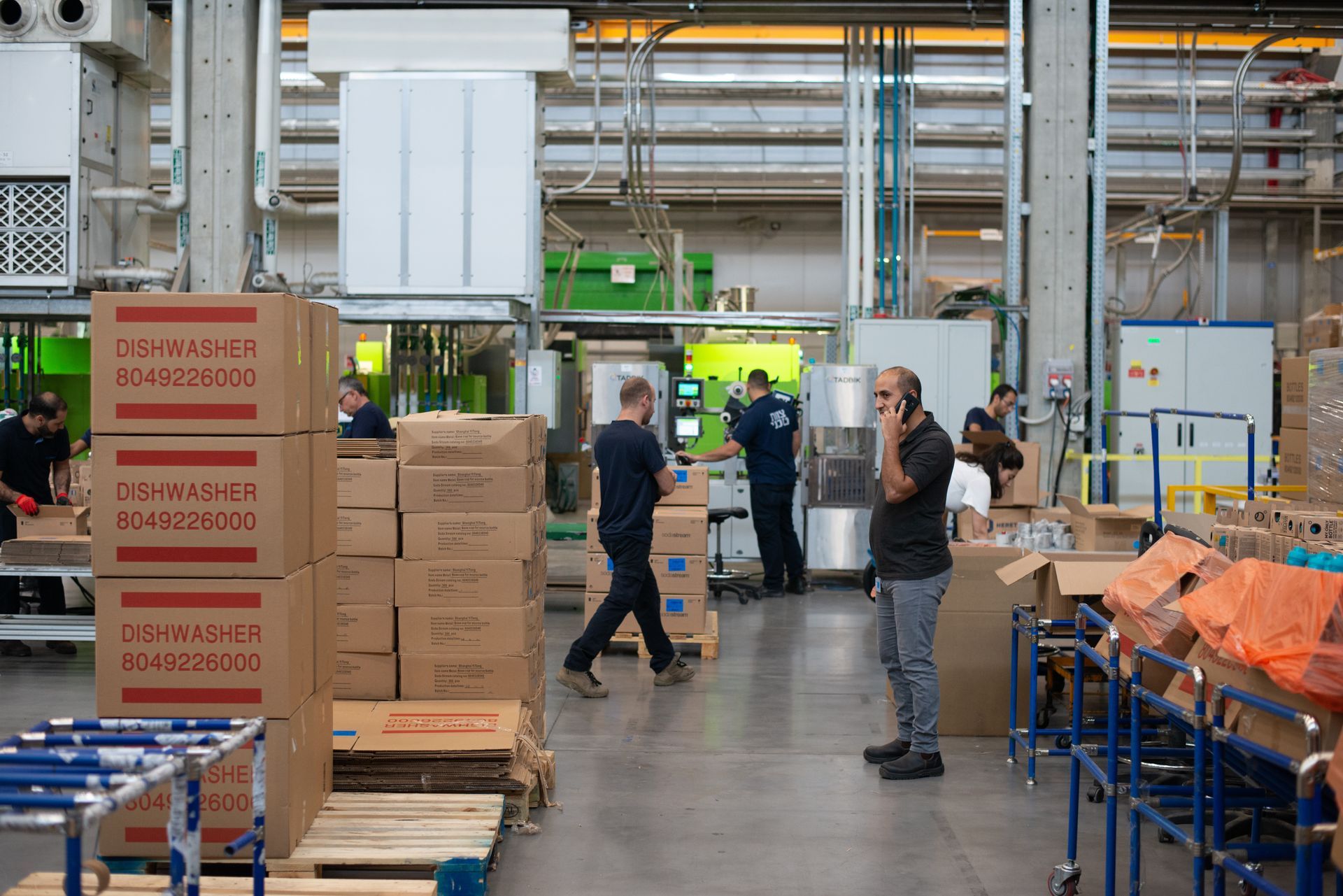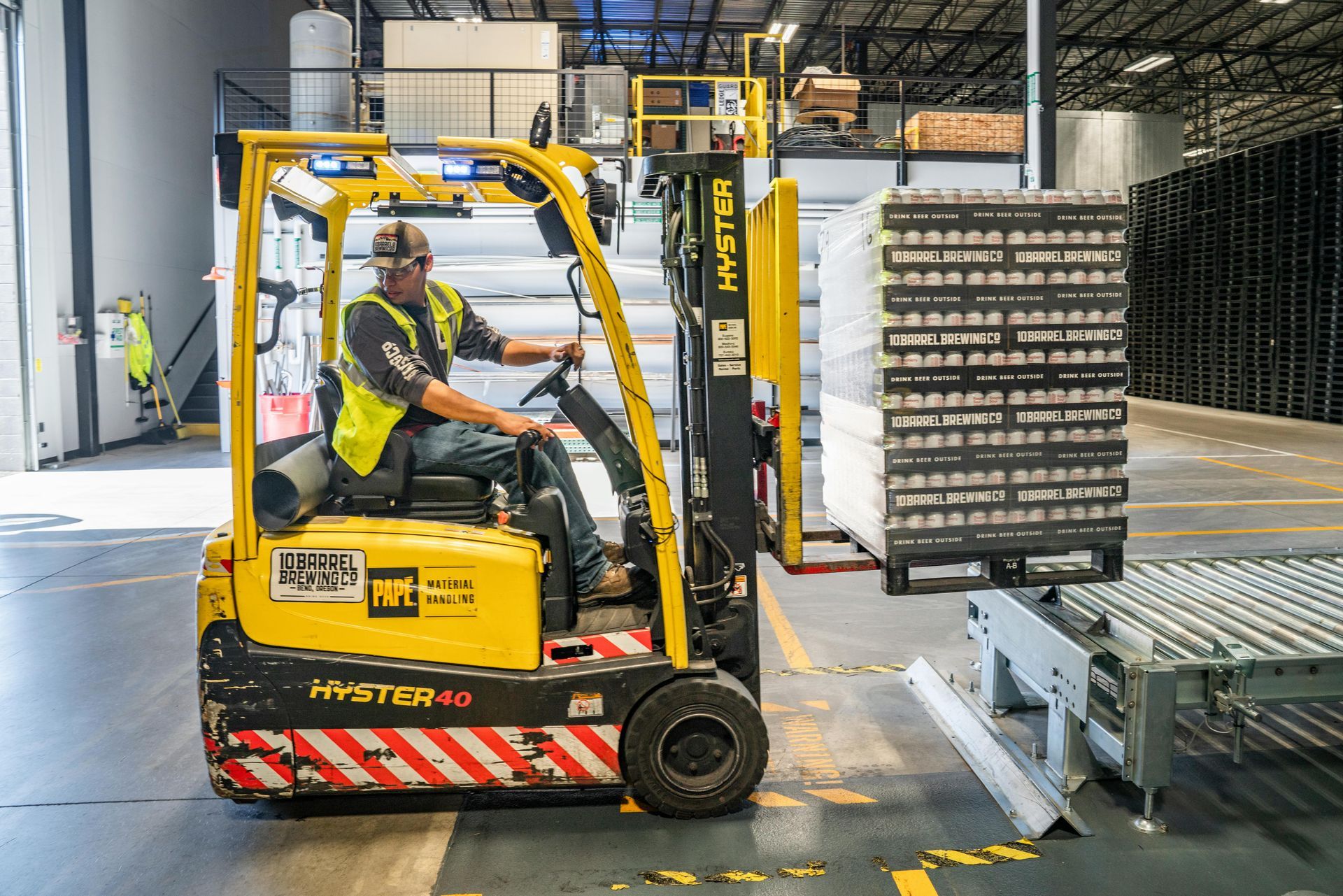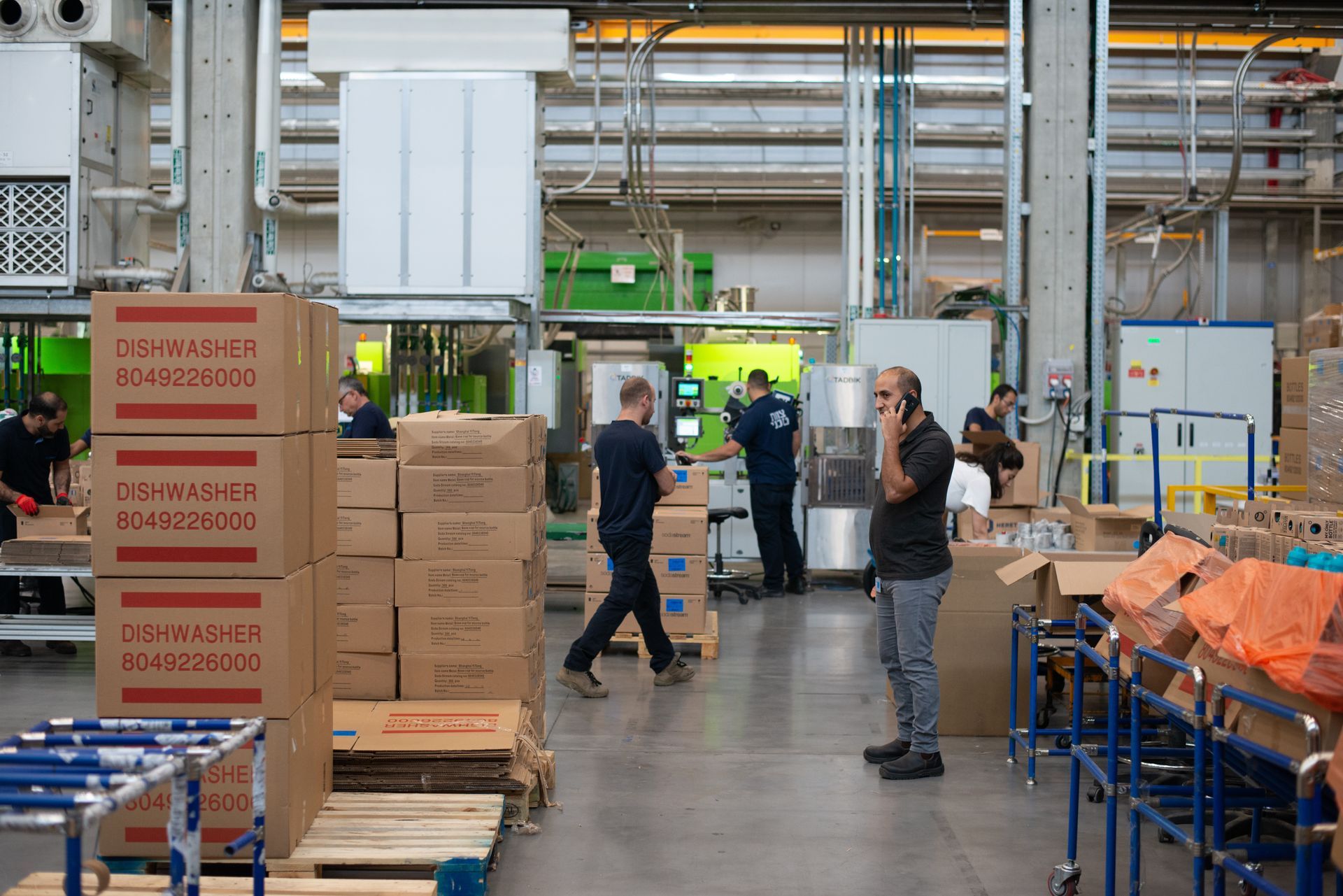5 Steps to Improve and Manage Your Warehouse Operations
The efficiency of a warehouse is the backbone of any modern business, no matter its size or sector. Improving and managing its operations is one of the quickest and most cost-effective ways to help your business run more efficiently.
Warehouses are an essential part of the supply chain, so proper management and organization largely contribute to the entire operation's success.
In this article, you will have an overview of the various aspects to consider when managing and improving warehouse operations. We'll also suggest strategies to help ensure the continued success of warehouses. Take note of these tips, as they will be helpful in your business.
1. Utilize the Space
Another way to improve warehouse operations is to utilize its space and layout as best as possible. When it comes to warehouse design, you must think about the type of products that are stored and the area that you have available. There are many ways to optimize your storage space, such as using shelves, racks, and storage bins.
You can also try grouping similar products, creating designated zones in the warehouse for different tasks, and planning the flow of goods through the warehouse.
2. Invest in Technology
What can improve warehouse operations better than the right technology? It lets you track shipments, inventory levels, and customer data with just a few clicks. Investing in technology will help you save time and money while increasing accuracy and efficiency. You can also use it to automate tasks and streamline processes within your warehouse.
Some of the innovative automation that can streamline warehouse operations include:
Warehouse Management Systems (WMS) or Inventory Management Systems (IMS)- Robotic process automation and other automation technologies
- Automatic pick and sort systems
- Order fulfillment systems
3. Improve Security
Security is an integral factor in managing and improving warehouse operations, along with optimization and automation. Consider implementing these measures to protect inventory and personnel:
Identification systems like RFID tags or barcode scanning- Physical security systems like surveillance cameras and biometric access control systems
- Security protocols and policies, such as restricting access and restricting certain vehicles
4. Optimize Inventory Management
A successful warehouse operation requires efficient inventory management. This ensures that warehouses remain organized, efficient, and up-to-date. Here are some steps that you can do to ensure proper inventory management:
Implementing an inventory management system to track stock levels- Conducting regular cycle counts to identify errors or discrepancies
- Using ergonomic storage methods to reduce movement time and improve safety.
- Investing in lightweight, durable shelving for efficient storage
5. Train Your Employees
For a warehouse operation to run smoothly, the employees must be adequately trained and developed. Teaching your employees about the different processes within your warehouse can optimize your operations. Educate them on handling and storing your products correctly to avoid accidents and improve productivity. Provide your employees with adequate training on the proper procedures for working safely in a warehouse.
Conclusion
These are some of the ways to help you manage your warehouse. But we'll let you in on another secret. To optimize your warehouse operations further and more efficiently, consider the potential benefits of working with a staffing agency. A staffing agency will help you save time in finding the right candidates and will also create effective onboarding processes for them.
Front Line All Temps is one of the best
warehouse staffing agencies in Phoenix, Arizona. We have qualified employees to provide you with the expertise and skills needed to improve the efficiency of your warehouse. Know more about our services and connect with us today!










